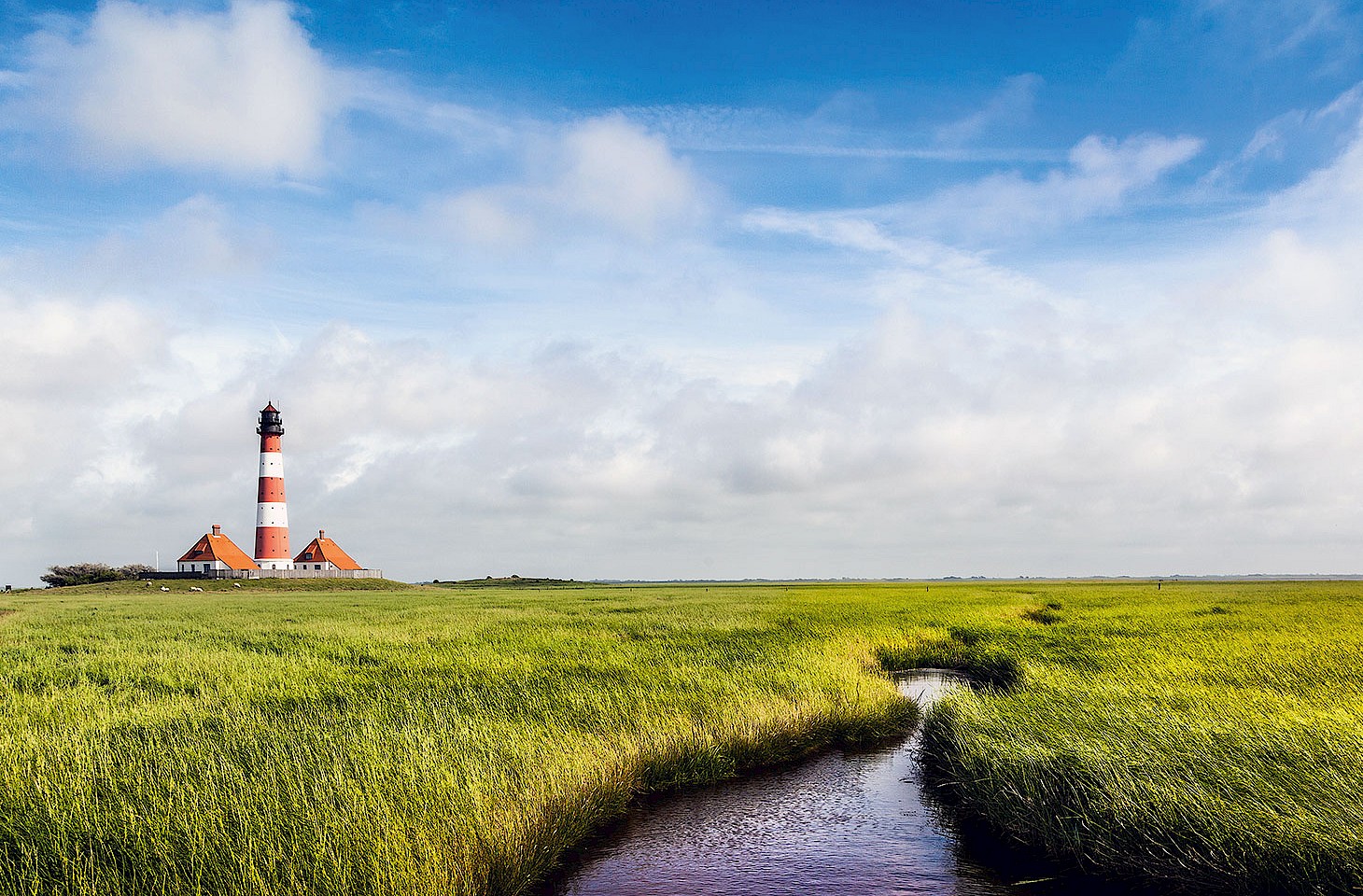The tragedy of Ukraine has been evident at border posts and on trains across much of central Europe this month. The hapless plight of thousands of refugees has been played out in the media. These are of course not the first Ukrainians to move west across Europe. In Berlin, where hidden europe is published, there is a long-standing Ukrainian community and even a Ukrainian Greek Catholic church (which one of the editors of this magazine has over many years occasionally attended). The religious divisions in Ukraine — Orthodox in the east; Greek Catholic in the west, affiliated to Rome but still using the Byzantine Liturgy — are central to understanding the cultural rifts which have afflicted Ukraine. Now those religious differences seem insignificant as Vladimir Putin’s abominable invasion has brought Ukrainians together as never before.
hidden europe 66
/ Snippet
/ By hidden europe


